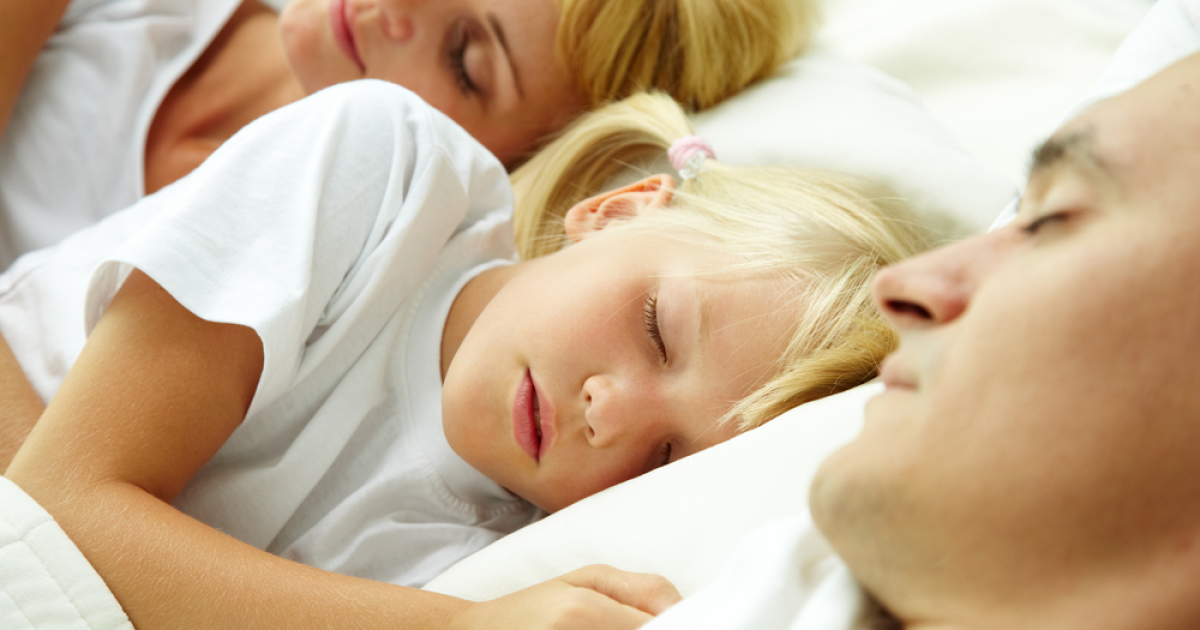Edited by Dorelan Scientific Committee
The circadian rhythms are 24-hours cyclical phases of our organism. These rhythms are controlled by molecular mechanisms inside the brain that are daily reset, exactly 24 hours after the light-dark cycle exposition (Walker et al., 2020). The human biological clock, which regulates the sleep-wake cycle, consists of a central neuro-endocrine system and peripheral receptors. Keeping a constant sleep and waking time is essential for good quality and duration of sleep and to enjoy good health and vitality.

It is important to know that many factors that affect sleep (both positively and negatively) are present in our bedrooms. Light is the primary impulse for the synchronization of sleep-wake cycle. Melatonin is an essential hormone that regulates this cycle, and it is synthesized during the night, by favoring sleep. In mammals, light stimulates retinal ganglionic cells to send information to the brain, which regulates and synchronizes the biological rhythms of this system. The light exhibition durability, its intensity and spectral composition, affects timing, structure, and quality of sleep (Wams et al., 2017). It has been shown that artificial light influences circadian physiology, especially cardiovascular, metabolic, and immune system functions, and increases the risk to develop cancer (Green et al., 2020). Therefore, as melatonin is produced during darkness exposition, the composition of artificial light can be modified to reduce this disturbing effect on sleep and circadian rhythms (Santhi et al., 2012).
Nowadays, the use of technological devices, such as smartphones, tablets, and TVs before falling asleep, is a very common habit. The exhibition to the intense light emitted by the screens of these devices, suppresses melatonin secretion, delaying and interrupting sleep onset (Exelmans & Van den Bulck, 2016). Another key element to maintain a good sleep quality is temperature. The temperature of the skin, its changes and sweating during sleep can influence sleep quality in a significant way. This means that stable thermal microclimates in the room and/or in the bed are essential for good sleep quality.
In both cold and warm spaces, it is important to have bedclothes, sheets and blankets that ideally maintain the sleep microclimate in a range of 30-32.5 °C (Troynikov et al., 2018). A study conducted in Switzerland suggests that noise exhibition during the night is a relevant factor for the deterioration of sleep quality (Röösli et al., 2019). Noise exposition in the early morning hours is crucial for a negative effect on objective sleep efficacy and the sleep quality perceived.
Finally, no less important is the choice of the mattress. People spend about a third of his life sleeping and having a good mattress certainly influences sleep quality and the physical well-being of the person. A worn-out or unsuitable mattress can cause insomnia, tiredness and muscle and joint pain.